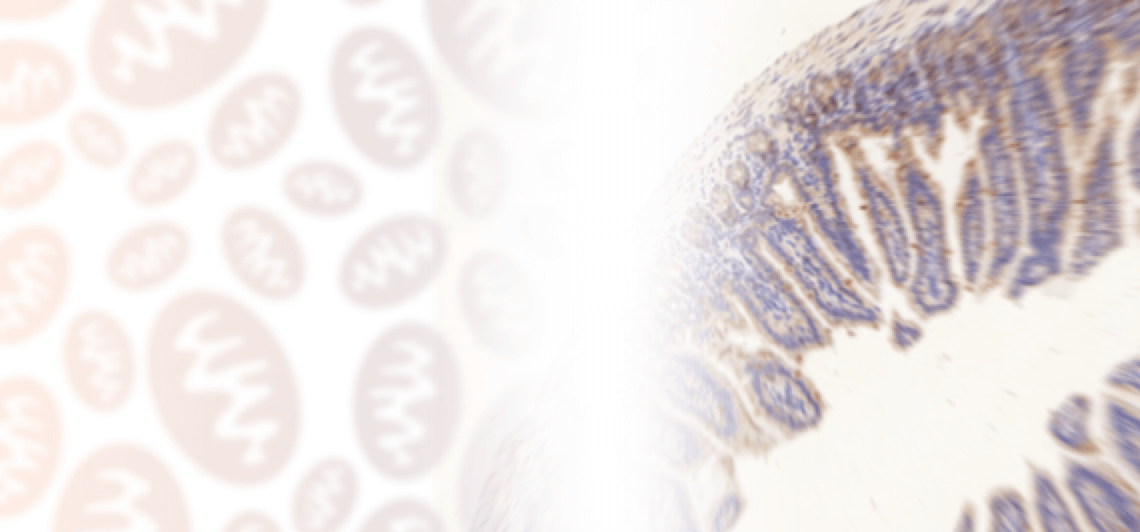
Introduction to Immunohistochemistry (IHC)
Immunohistochemistry (IHC) is a powerful and widely used technique in biomedical research and clinical diagnostics for detecting specific proteins within tissue sections. IHC leverages antibody-antigen binding to localize protein expression, offering spatial context that techniques like ELISA or Western blot cannot provide.
IHC detection methods include chromogenic detection, which uses colored substrates, and fluorescent detection, which uses fluorophore-conjugated antibodies for high-resolution imaging.
While less quantitative than other immunoassays, IHC provides critical insights into protein localization and cellular context, making it essential for understanding disease mechanisms, tissue-specific expression, and therapeutic impact.
Types of IHC Tissue Preparation
IHC can be categorized based on tissue preparation method:
- Paraffin-embedded (FFPE) IHC
- Frozen tissue IHC
- Free-floating IHC
Each method has unique advantages depending on the experimental design and target protein.
Formalin-Fixed Paraffin-Embedded Immunohistochemistry (FFPE IHC)
FFPE IHC is the most commonly used method due to its long-term tissue preservation and compatibility with automated systems. Paraffin-embedded samples are ideal for routine histopathology and archival studies.
- Advantages: Long-term storage, better tissue morphology.
- Challenges: Time-consuming processing; may require antigen retrieval due to epitope masking by formaldehyde fixation.
Frozen Tissue Immunohistochemistry
Frozen IHC is preferred for detecting post-translational modifications like phosphorylation and preserving enzyme activity.
- Advantages: Fast, preserves antigenicity and enzyme function.
- Limitations: Ice crystal formation can affect morphology; thicker sections may reduce image resolution.
Free-Floating Immunohistochemistry
Used primarily in neuroscience, free-floating IHC preserves three-dimensional tissue structures by using thick, unembedded sections.
- Advantages: Enhanced 3D visualization.
- Limitations: Shorter shelf-life, more complex imaging due to section thickness.
Tissue Fixation and Antigen Retrieval
Fixation
Fixation preserves tissue morphology and antigen integrity. Formaldehyde-based fixation is common but can mask epitopes, making antigen retrieval essential for successful staining.
Antigen Retrieval Methods
- Heat-Induced Epitope Retrieval (HIER): Uses heat and buffers to reverse formalin crosslinks. Gentle and widely applicable.
- Proteolytic-Induced Epitope Retrieval (PIER): Enzymatic digestion (e.g., trypsin, pepsin) to expose antigens. Suitable for tough epitopes, but may compromise morphology.
Blocking Endogenous Enzymes
To avoid background staining, endogenous peroxidases or phosphatases should be blocked, especially when using HRP or AP enzyme-conjugated antibodies. Blocking is typically done after fixation but before or after primary antibody incubation depending on sensitivity.
Direct vs. Indirect IHC Detection
Direct IHC Detection
- Uses a labelled primary antibody.
- Ideal for highly expressed proteins and multiplex fluorescence.
- Fewer steps reduce background but limit signal amplification.
Indirect IHC Detection
- Uses an unlabelled primary antibody followed by a labelled secondary antibody.
- Offers signal amplification and greater flexibility, especially with low-abundance targets.
Choosing the Right Primary Antibody for IHC
Selecting the right IHC-validated antibody is critical. Key considerations include:
- Species reactivity and host species.
- Specificity and affinity to the target antigen.
- Knockout validation or confirmed signal-to-noise ratio in IHC.
- Monoclonal vs. polyclonal: Monoclonals are consistent and specific; polyclonals offer stronger signal but may vary by lot.
Be cautious when reusing antibodies validated in Western blot, as they may not recognize the native protein conformation in IHC.
Chromogenic vs. Fluorescent Detection in IHC
Chromogenic Detection
Uses enzyme-labelled antibodies (e.g., HRP) to produce a colorimetric reaction visible under a brightfield microscope.
- Advantages: Permanent staining, easier setup.
- Disadvantages: Longer protocol, less suitable for multiplexing.
Fluorescent Detection
Employs fluorophore-conjugated antibodies to detect multiple targets simultaneously with high spatial resolution.
- Advantages: Faster, enables multiplex immunofluorescence.
- Limitations: Requires fluorescence microscopy; fluorophore fading may affect long-term storage.
Multi-Color Immunohistochemistry (mIHC)
Multiplex IHC allows the detection of multiple markers in a single tissue section.
- Chromogenic mIHC: Requires antibodies from different host species and compatible chromogens. Limited by overlapping colors.
- Fluorescent mIHC: Uses different fluorophores for simultaneous detection. Limited to 2–3 colors without spectral unmixing technology.
Advantages:
- Maximizes data per section.
- Enables co-localization studies and understanding of cellular interactions.
Counterstaining in IHC
Counterstaining provides context for protein localization:
- Hematoxylin: Used in chromogenic IHC to stain nuclei blue.
- DAPI: Common nuclear stain in fluorescent IHC.
Counterstains enhance tissue morphology interpretation and clarify antibody signal localization.
